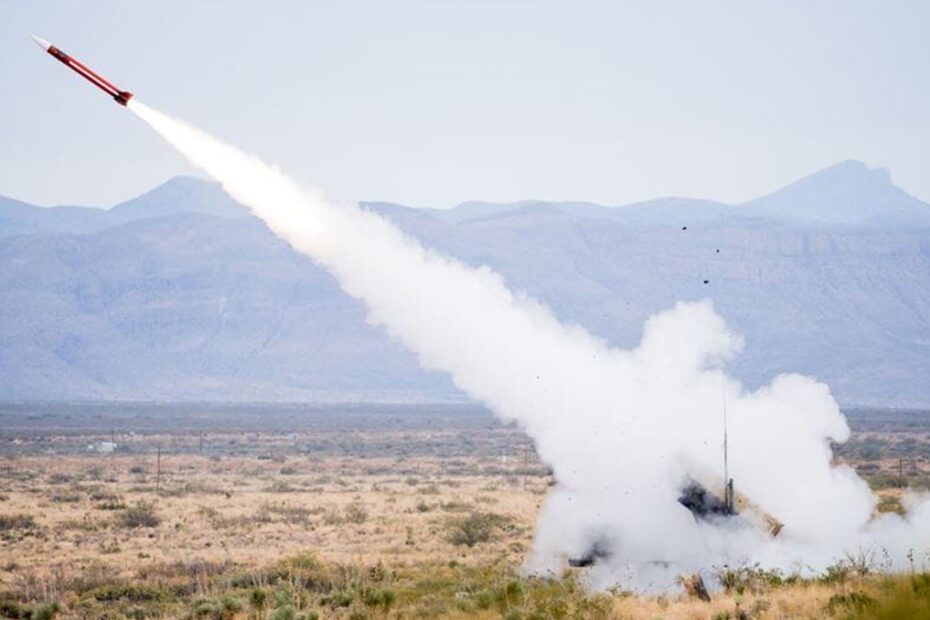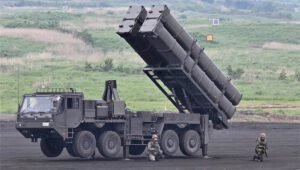A Legacy Forged in the Heat of Conflict
In January 1998, just days after its deployment to Kuwait, the Patriot missile defense system made its presence immediately felt. At Camp Doha, U.S. Army personnel lived with the constant fear of chemical attacks from neighboring Iraq. Soldiers carried protective masks at all times, ready to wear them at a moment’s notice.
That tension ended abruptly when Nate Jones, a U.S. Army air defense noncommissioned officer, arrived with the Patriot crew. “The squad leader shouted, ‘Thank God, the Patriots are here,’” Jones recalled. “The soldiers took off their masks, and we went back to work.”
This moment of relief, now more than 25 years old, represents just one of countless stories in the six-decade history of the Patriot, a system synonymous with missile defense and trusted by both military personnel and civilians worldwide.
“I deployed and operated Patriot in the toughest conditions across the globe,” Jones explained. “It never let me down.”
From Cold War Concept to Operational Reality
The roots of Patriot missile defense date back to 1965, when the U.S. Army sought a new long-range air defense solution amid Cold War tensions. Initially named Surface-to-Air Missile Development (SAM-D), the program advanced quickly.
By 1976, as the U.S. prepared for its Bicentennial celebrations, the system received its iconic name: Patriot. Its first successful test came a year earlier, in 1975, at White Sands Missile Range in New Mexico. By 1982, the U.S. Army had officially adopted the system, and in 1985, Patriot entered operational service, first deployed in Europe to strengthen NATO defenses.
Global Recognition During the Gulf War
The Gulf War of 1991 thrust Patriot into the global spotlight. For the first time in history, a missile defense system was used in combat to protect both military assets and civilian populations. Patriots intercepted incoming Iraqi Scud missiles, reinforcing the system’s reputation as a trusted shield against airborne threats.
“Over the years, it has proven itself again and again,” said Pete Bata, Senior Vice President of Global Patriot at Raytheon. “Nations rely on it to defend their people.”
Since then, Patriot has continued to evolve, adapting to new threats with technological upgrades and expanded capabilities.
Continuous Evolution of Technology
Patriot’s longevity stems from its ability to modernize. Major milestones include the introduction of Patriot Advanced Capability-2 (PAC-2) and later PAC-3 missiles, which significantly enhanced accuracy, range, and lethality.
Recent advancements include the integration of gallium nitride (GaN) semiconductor technology, which revolutionized radar performance by improving energy transmission and detection efficiency. This allows Patriot to better identify and track advanced threats such as ballistic missiles, cruise missiles, drones, and next-generation aircraft.
“Improvements are added constantly,” Bata emphasized. “Patriot is always a step ahead of the threat.”
The Role of Next-Generation Radars
A major leap forward lies in the deployment of the Lower Tier Air and Missile Defense Sensor (LTAMDS). In recent live-fire tests, LTAMDS successfully tracked a high-speed cruise missile and guided multiple interceptors, including PAC-2 and GEM-T, to neutralize the threat.
“Integrating LTAMDS into Patriot battalions will be a game-changer,” explained Michelle Tancrede, leader of the Patriot integrated software team. The radar’s 360-degree coverage represents a critical advancement in modern air defense.
With hardware complemented by continuous software upgrades, Patriot adapts quickly to evolving battlefield dynamics.
Human Innovation Behind the System
Beyond hardware, Patriot’s success lies in the expertise of the people who design, operate, and improve it. The introduction of the Warfighter Machine Interface (WMI), which replaced outdated CRT displays with modern, intuitive interfaces, reflects this commitment to user-focused innovation.
“It completely changed the look and feel of Patriot,” Tancrede said. “It was a turning point.”
Engineers, scientists, and defense experts at Raytheon and its partners view Patriot as more than just a system—they see it as a mission. “It’s iconic,” said Bata. “People truly value it.”
Their shared purpose is clear: to protect lives, assets, and nations. “We are saving lives with Patriot,” Tancrede emphasized.
A Path Defined by Adaptability
As threats continue to evolve, the adaptability of the Patriot missile defense system ensures its relevance well into the future. Each upgrade—whether in missiles, radars, or software—strengthens its ability to outpace adversaries.
Six decades after its inception, Patriot stands not as a relic of the Cold War, but as a dynamic and indispensable component of global defense strategies. Trusted by the U.S. and dozens of allied nations, it remains the gold standard for air and missile defense.
Fonte: www.rtx.com
Social Context: Six decades strong: Discover how Patriot missile defense continues to save lives and set the global standard in air and missile defense.



